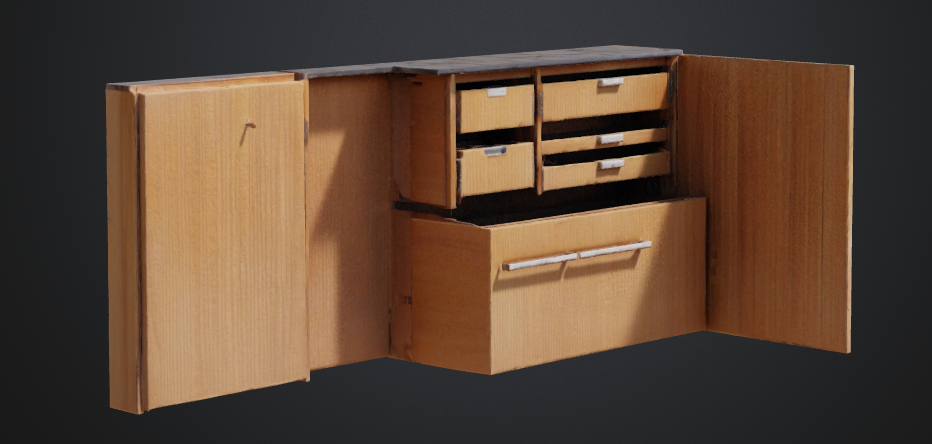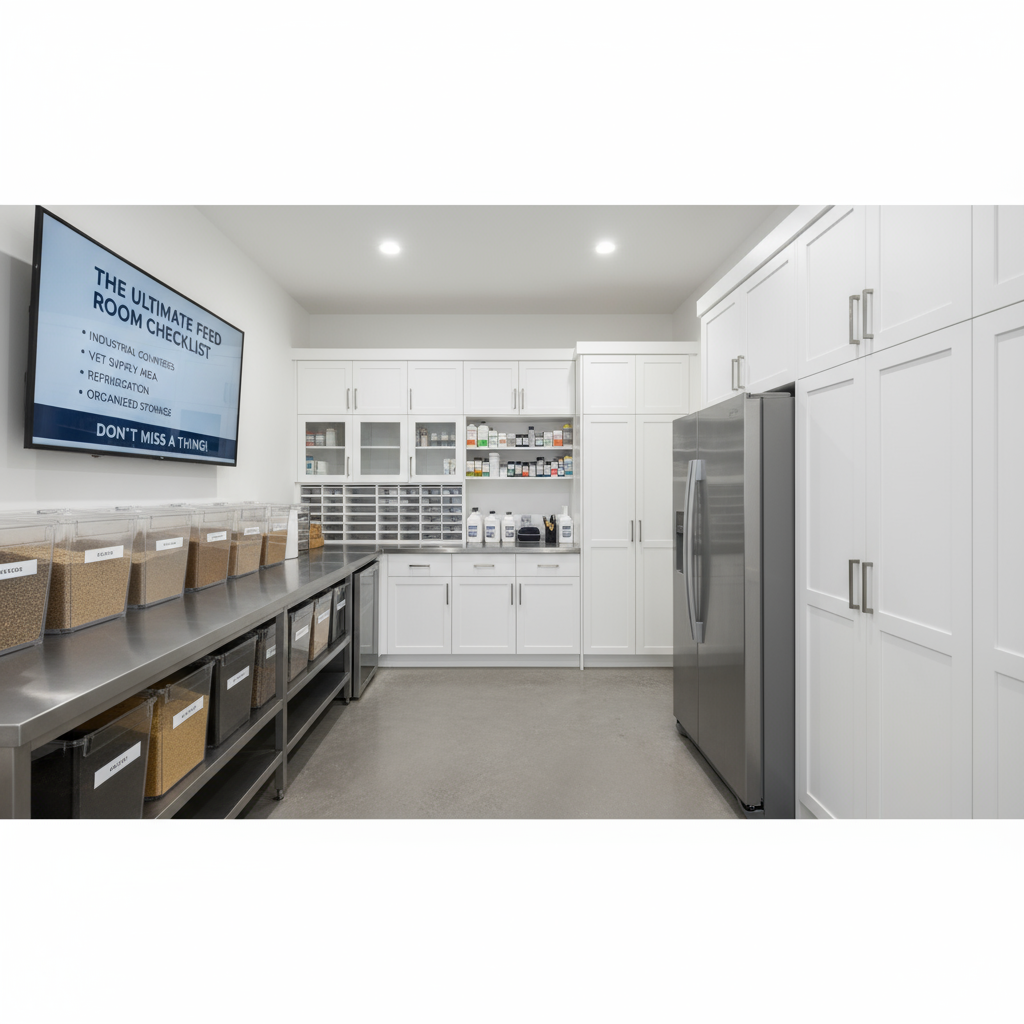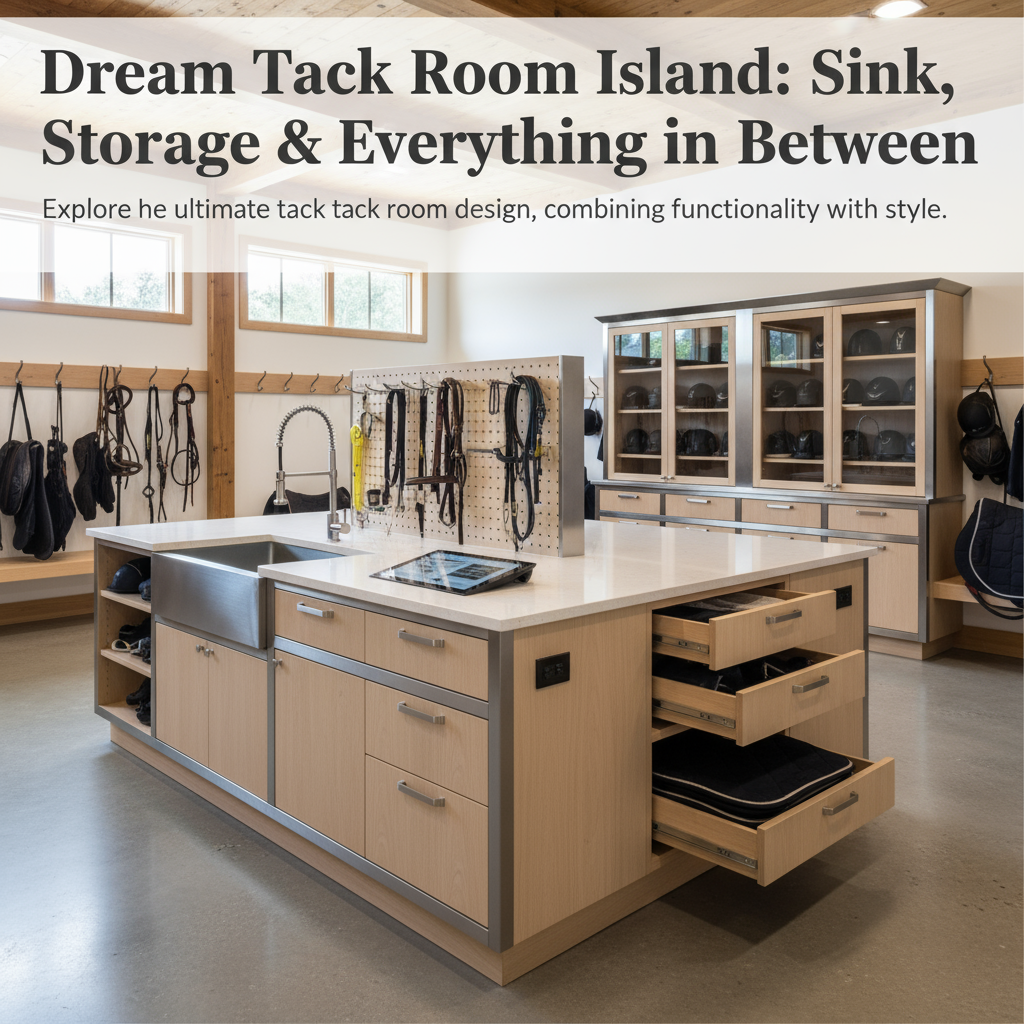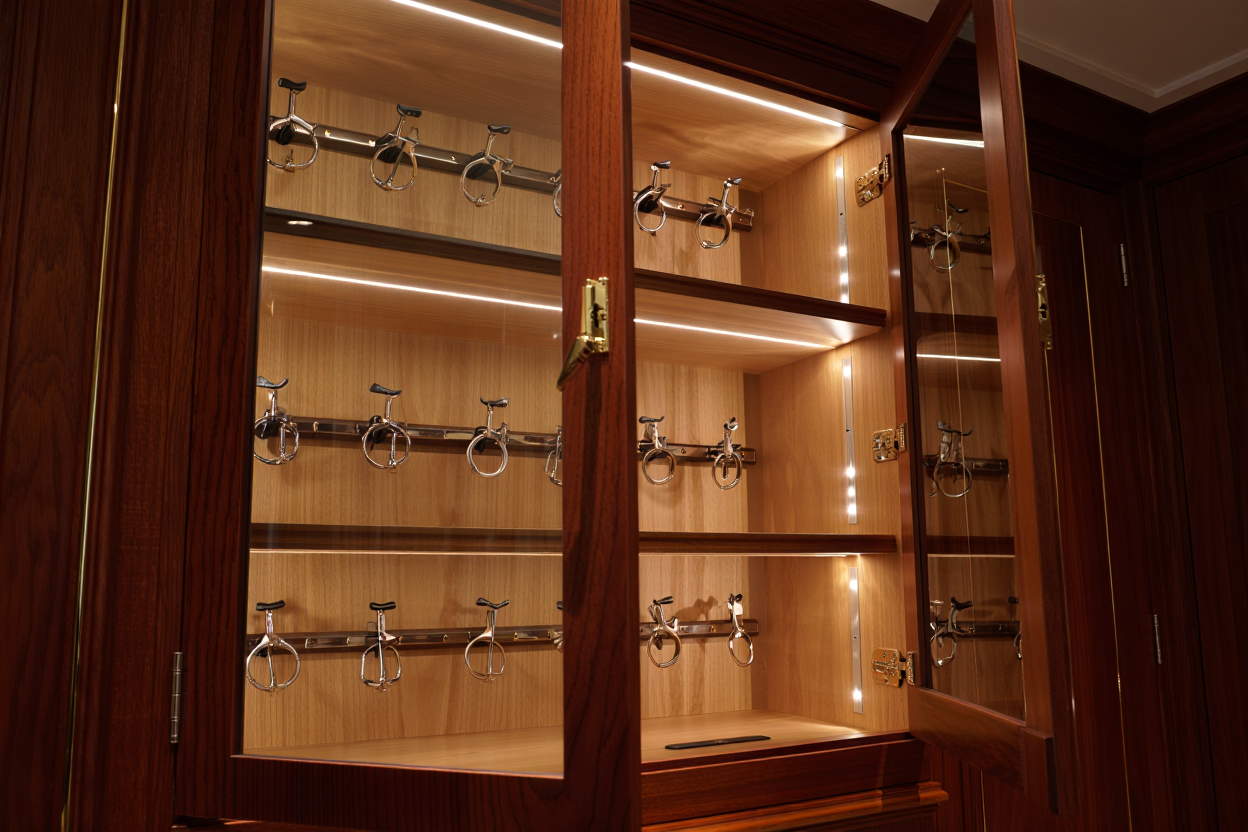Tack Room Transformation: Organizing Vet Supplies Like a Pro
Tack Room Transformation: Organizing Vet Supplies Like a Pro

Tack Room Transformation: Organizing Vet Supplies Like a Pro
Every equine professional, barn owner, and stable manager understands the critical importance of a well-organized tack room, especially when it comes to vet supplies. In the fast-paced world of equine care, having immediate access to medications, tools, and first-aid essentials isn't just convenient—it can be life-saving. Imagine the stress of a late-night colic call, fumbling through disorganized shelves for crucial supplies. Conversely, picture the calm confidence of knowing exactly where every item is, clearly labeled and easily accessible.
This is where dedicated tack room cabinetry steps in, transforming chaotic storage into a system of efficiency and preparedness. Beyond mere aesthetics, custom-built cabinetry for equestrian facilities offers a strategic advantage, ensuring that your vet supplies are not only meticulously organized but also protected from the unique environmental challenges of a barn. In this comprehensive guide, we'll delve into practical strategies for categorizing and storing your essential vet supplies, ensuring your tack room is a beacon of readiness for any equine emergency.
The Foundation: Why Dedicated Cabinetry Matters for Vet Supplies
Before we dive into specific organizational tips, it's crucial to understand why investing in high-quality, custom tack room cabinetry is paramount for vet supply storage. Unlike generic shelving or repurposed furniture, cabinetry designed for equestrian environments offers features essential for safeguarding delicate medications and valuable tools.
Environmental Protection and Durability
Barn environments present unique challenges: humidity, dust, temperature fluctuations, and potential pest intrusion. Custom cabinetry from tackroom cabinetry is engineered to withstand these conditions. Our finishes are resistant to moisture and humidity, preventing damage to packaging and ensuring the efficacy of medications. Hardware is built for dusty environments, ensuring smooth operation even with constant use. This level of protection safeguards your investment in vet supplies and ensures they remain viable for when they're most needed.
Security and Safety
Many veterinary medications require secure storage, not just for their integrity but also to prevent unauthorized access. Custom cabinetry can incorporate locking mechanisms, providing peace of mind that controlled substances are safely stored and out of reach. This also contributes to overall barn safety by preventing accidental ingestion or misuse of veterinary products.
Optimized Space and Accessibility
Off-the-shelf solutions often fail to maximize the unique dimensions of a tack room. Custom cabinetry is designed to utilize every inch of available space efficiently. This means specialized drawers for syringes, adjustable shelving for various bottle sizes, and dedicated compartments for larger equipment like bandaging materials or poultices. The result is a system where everything has a designated home, making retrieval swift and effortless.
Categorizing Your Vet Supplies: A Systematic Approach
Effective organization begins with a logical categorization system. Think of your vet supplies in terms of their function, frequency of use, and urgency. Here’s a breakdown of key categories:
1. Everyday Essentials & Minor Ailments
This category includes items you might reach for regularly for routine care or minor issues. These should be stored in the most easily accessible areas of your cabinetry.
- Example Items: Antiseptic wipes, wound cleansers, basic bandages, poultices, liniments, fly spray, hoof picks, thermometers, gloves, basic pain relievers (e.g., Banamine paste, consult your vet).
- Storage Solution: Clear, labeled bins or drawers within eye-level or waist-level cabinetry. Consider a "grab-and-go" first-aid kit containing a subset of these items for immediate portability.
2. Emergency Medications & Critical Tools
These are the supplies you pray you never need but are eternally grateful to have on hand during an emergency. Speed of access is paramount here.
- Example Items: Epinephrine, tranquilizers (with vet prescription), IV fluids and administration sets, large bandages, leg wraps, colic medications, severe bleeding control items, stethoscopes, syringes and needles (various sizes).
- Storage Solution: A dedicated, clearly marked "Emergency" cabinet or section, ideally with a lock. Consider transparent drawer fronts or highly visible labels. Group items necessary for specific emergencies (e.g., a "colic kit" containing Banamine, a stethoscope, and appropriate syringes).
3. Prescription Medications & Controlled Substances
This category demands the most stringent organization and security.



